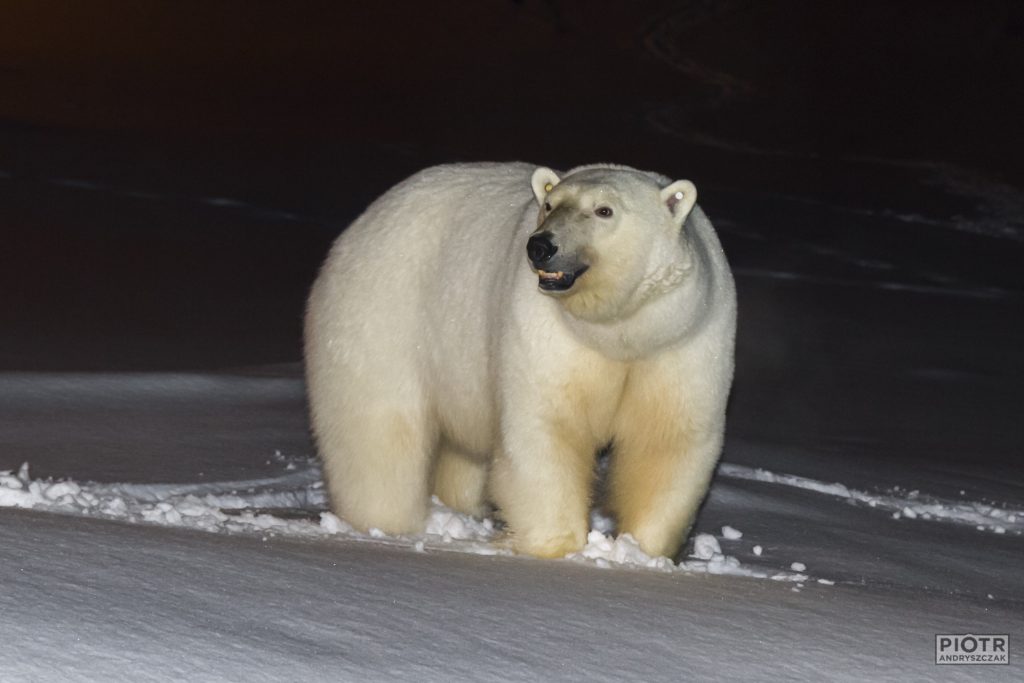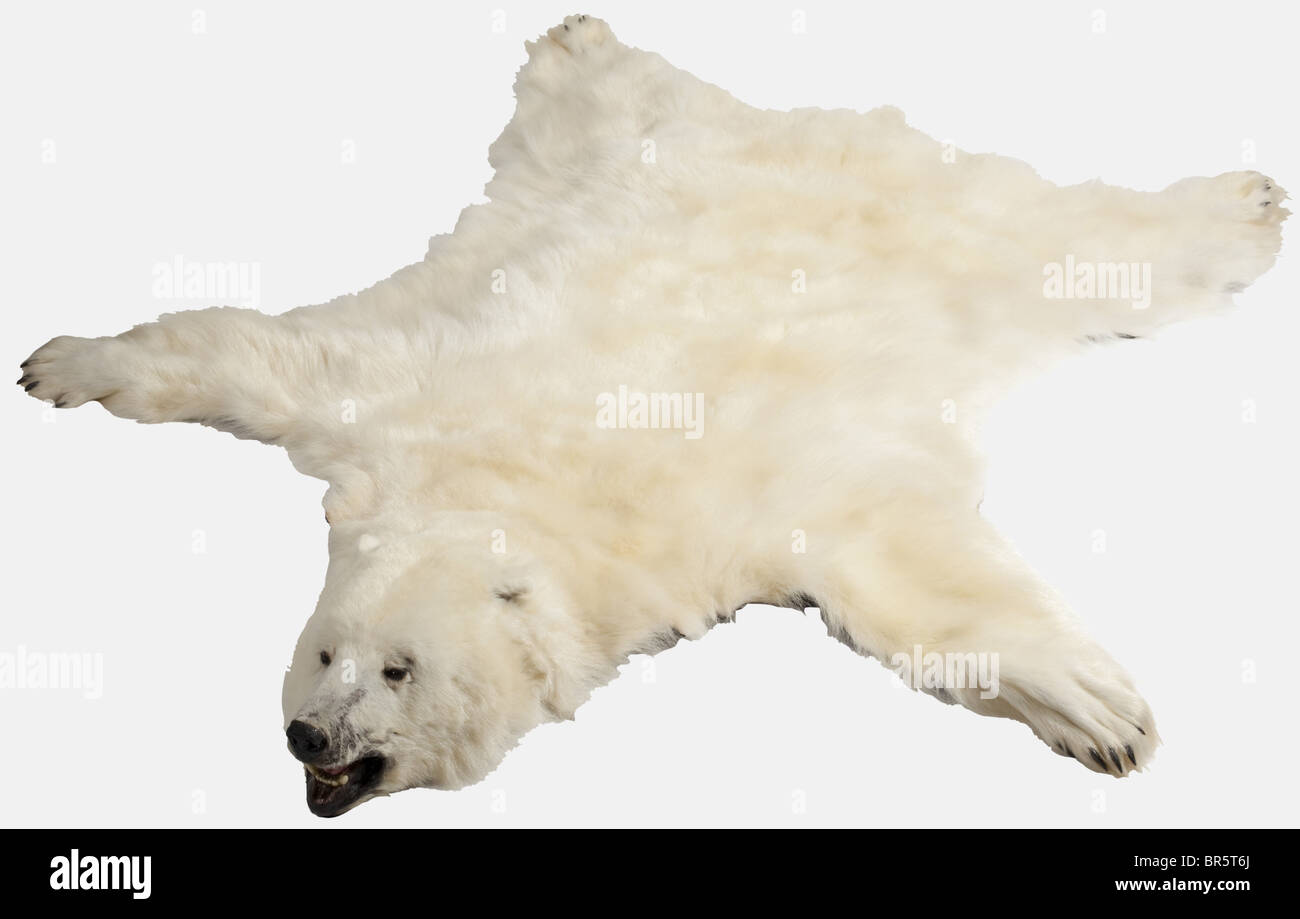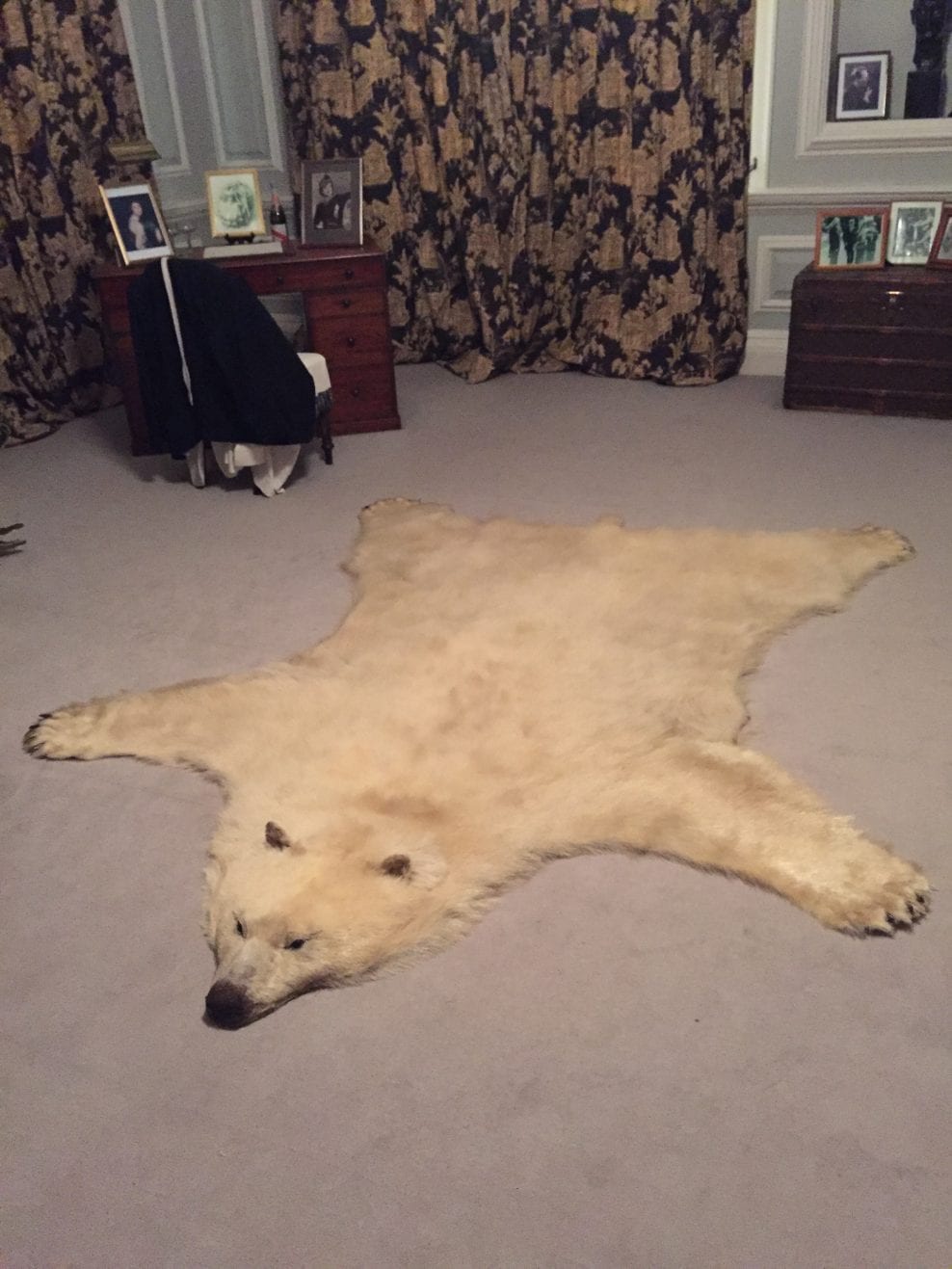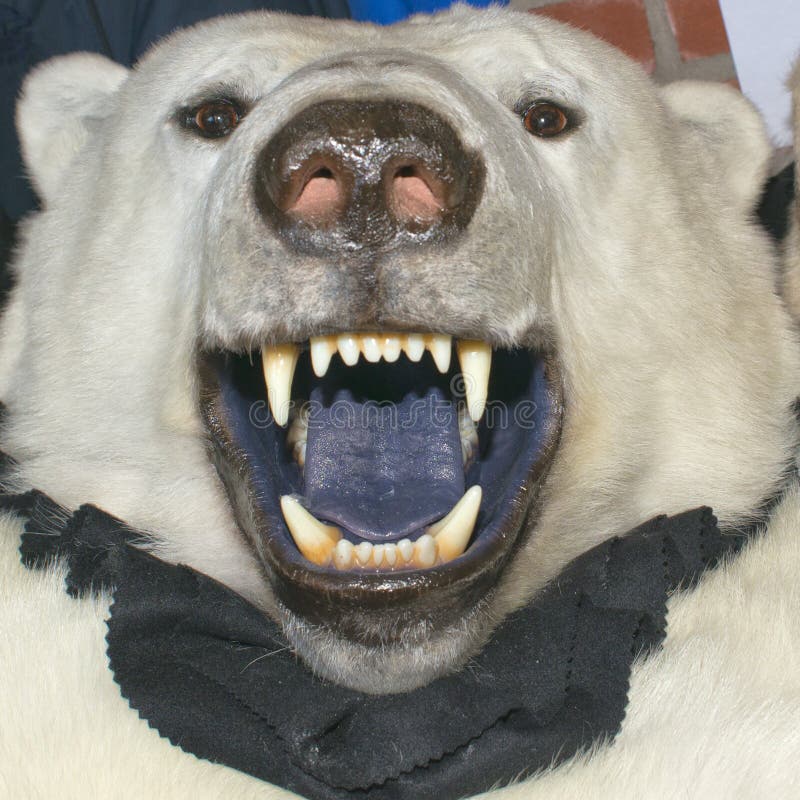
Taxidermy Polar Bear Skin by Hudson's Bay Co Taxidermy Jungle
A mermaid takes the annual polar bear plunge at Brooklyn's Coney Island beach last year. More people take cold plunges on a regular basis for health benefits, but hype outpaces research for now.

Polar bear skin
Polar bears inhabit one of the coolest places on planet earth. Like most other Arctic mammals, polar bears have quite many adaptations to survive the freezing cold of the North. One such useful adaptation is a bear's black skin. The polar bear's skin soaks up as much sunlight as it possibly can and so it keeps the animal warm.

Black skin of a polar bear Polarpedia
How You Can Help Adopt a Polar Bear Facts VU Status Vulnerable Population 22,000-31,000 Scientific Name Ursus maritimus Weight 800-1,300 pounds (males), 300-700 (females) Length 6-9 feet Habitats Arctic Ocean, sea ice, and adjacent coastal areas © WWF-CANADA Click here to view larger map image

Taxidermy Polar Bear Skin by Hudson's Bay Co Taxidermy Jungle
Cosy like a polar bear. Polar bears sport a special fur structure that keeps them toasty in the Arctic chill. Inside the dense, waterproof shell of each hair is a hollow and porous core that traps.

A polar bear’s skin is black. Even its fur isn’t white it’s clear. Cute polar bear, Bear
Русский Shqip Black skin of a polar bear The polar bear is an apex predator in the Arctic. It is perfectly adapted to the cold climate in this part of the world. One of such adaptations is black skin, covered with two thick layers of fur. Thanks to its dark color, it absorbs more sunlight, which heats the animal's body.

A polar bear's skin, Greenland, 1965 Skin of a male polar bear (Ursus maritimus) with three
1. Why do polar bears have white fur? Polar bears have white fur so that they can camouflage into their environment. Their coat is so well camouflaged in Arctic environments that it can sometimes pass as a snow drift. Interestingly, the polar bear's coat has no white pigment; in fact, a polar bear's skin is black and its hairs are hollow.

Skin Polar Bear On Display Gjoa Stock Photo 2199061849 Shutterstock
Did you know that polar bears have black skin underneath their white fur? This may come as a surprise to many, but it's true. The black skin of a polar bear is an adaptation to its cold and harsh environment. The black skin helps polar bears absorb more sunlight, which heats up their body.

Taxidermy Polar Bear Skin by Hudson's Bay Co Taxidermy Jungle
The skin under the polar bear's fur is actually black; this black is evident only on the nose. Polar bears also have a thick layer of fat below the surface of the skin, which acts as insulation on the body to trap heat. This is especially important while swimming and during the frigid Arctic winter.

Polar bear skin Icon The Institute of Conservation
Underneath their fur, polar bears have black skin which absorbs the heat of the sun, and below the skin is a thick, 4-inch layer of blubber. This blubber layer is particularly beneficial.

Polar bears have black skin and clear fur! Fascinating Animal Facts
The polar bear is white- or yellowish-furred with black skin and a thick layer of fat. It is more slender than the brown bear, with a narrower skull, longer neck and lower shoulder hump. Its teeth are sharper and more adapted to cutting meat. The paws are large and allow the bear to walk on ice and paddle in the water.

Taxidermy Polar Bear Skin by Hudson's Bay Co Taxidermy Jungle
Browse 114 polar bear skin photos and images available, or search for polar bear coat to find more great photos and pictures. Browse Getty Images' premium collection of high-quality, authentic Polar Bear Skin stock photos, royalty-free images, and pictures.

Polar bear skin seized in N.J. Polar bear skin seized in N… Flickr
When light rays come in contact with the thick fur of the polar bear, only a small amount of light is back scattered. The rest of the light gets absorbed, owing to the strong absorptive property of the bear's black skin. A polar bear's fur will absorb much of the UV light that strikes it. We put on sunscreen to protect ourselves from.

White polar bear skin stock image. Image of brown, nature 36988131
Polar bears have large paws compared to body size, reaching 30 cm (12 in.) in diameter. The large paws of a polar bear act like snowshoes, spreading out the bear's weight as it moves over ice and snow. The forepaws are round and partially webbed. The hind paws are elongated. Each toe has a thick, curved, non-retractile claw.

Polar Bears have Black Skin Under Their White Fur Zeba Academy
Bears usually have heavy fur, but the polar bear's fur is the thickest of all. They basically have two layers of fur on their bodies. Beneath this fur, there is a bushy layer of skin that is probably almost 4 in (10.16 cm). The black-colored skin helps in absorbing sunlight and keeping them warm.

Polar Bears Data, Pictures and Videos
Why Do Polar Bears Have Black Skin? By Dr. Thea Bechshoft, Staff Scientist MINS 14 Sep 2021 Share on social Polar Bear Questions Images of polar bears are often of white bears in white surroundings. In some languages, they are even knowns as ice bears or white bears.

Polar bear. Svalbard. ️ Polar bears have black skin, which helps to keep the… Baby polar bears
Description: The skin of a polar bear is actually black. The black skin allows them to absorb more UV light to stay warm. The hair of the polar bear acts like a fiber optic cable directing the light to the surface of the skin. The clear hair reflects all wavelengths of light giving them a white appearance that blends with their surroundings.